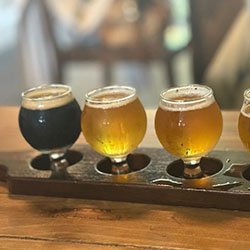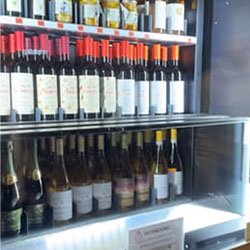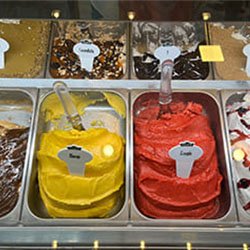

Now this time I’m going to tell you about Paracas, where I live. In a word, it is a resort. People watch the animals (penguins, seals, flamingos, etc.) in the nature reserve, they swim in the sea, and gaze romantically at the setting sun at dusk. It’s a place people come to on holidays and spend their days doing things like that. I guess it’s a place that blows people’s stress away.



Apparently, it’s a common lifestyle choice among Peruvians to stay at their holiday houses for a few months while they “rest their wings” then go back to the city ready to get into their work. There are rows of pretty fancy holiday houses along the coast.

By the way, there are no big shopping malls here. People get their daily food supplies from small stores. The prices are higher than everywhere else, but it’s a resort area, so that’s to be expected.

To give you a little more Wikipedia-type information, Paracas is in Pisco Province, Ica Region, 250 km south of the capital Lima (about 3 and a half hours by car). The recommended way to get to Paracas is to take the long-distance bus from Lima, called the “Curz Del Sur.” This long-distance bus is very comfortable. Thanks to the Curz Del Sur, I can go to and from bright and sparkly Lima without any stress. A seat costs 70 soles (about 2,800 yen) on the lower deck, or 60 soles (about 2,400 yen) on the upper deck. I recommend sitting on the lower deck because you can take it easy and relax in a seat that feels like you’re in a luxurious massage chair. You can buy tickets online. When you come to Paracas, I recommend you take this bus.

The place name “Paracas” comes from a Quechuan language, which was also the official language of the Inca Empire and apparently means “sand rain” from “para” (“rain”) and “aco” (“sand”).

True to its name, the wind whips through Paracas, never stopping, every day. There is never a moment when it doesn’t blow. And for a number of days each month, sand mixes in with the wind, and soon gets into your mouth as you walk along. It’s really hard to avoid eating the sand. Why does this phenomenon (occasionally) occur? It’s a natural wonder. By the way, the locals call it “Paracas.” Sand mixing in with the wind is troublesome, but thanks to this wind, the air is dry in summer, so I managed to get by without the help of an air conditioner this summer.

Of course, I got a lot more suntanned compared to summer in Japan (partly because I also tend to forget sunscreen) as the sunshine is so intense, but that couldn’t be helped. Please make sure you bring sunscreen when you come to Paracas.

Next time I’d like to tell you a bit about Paracas Museum, where I work. So, here’s where I say “Adios!” This has been Shoko Yamamoto in Paracas, Peru.































































